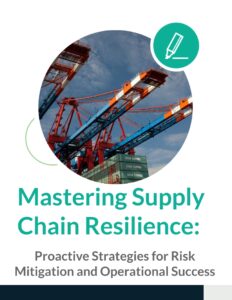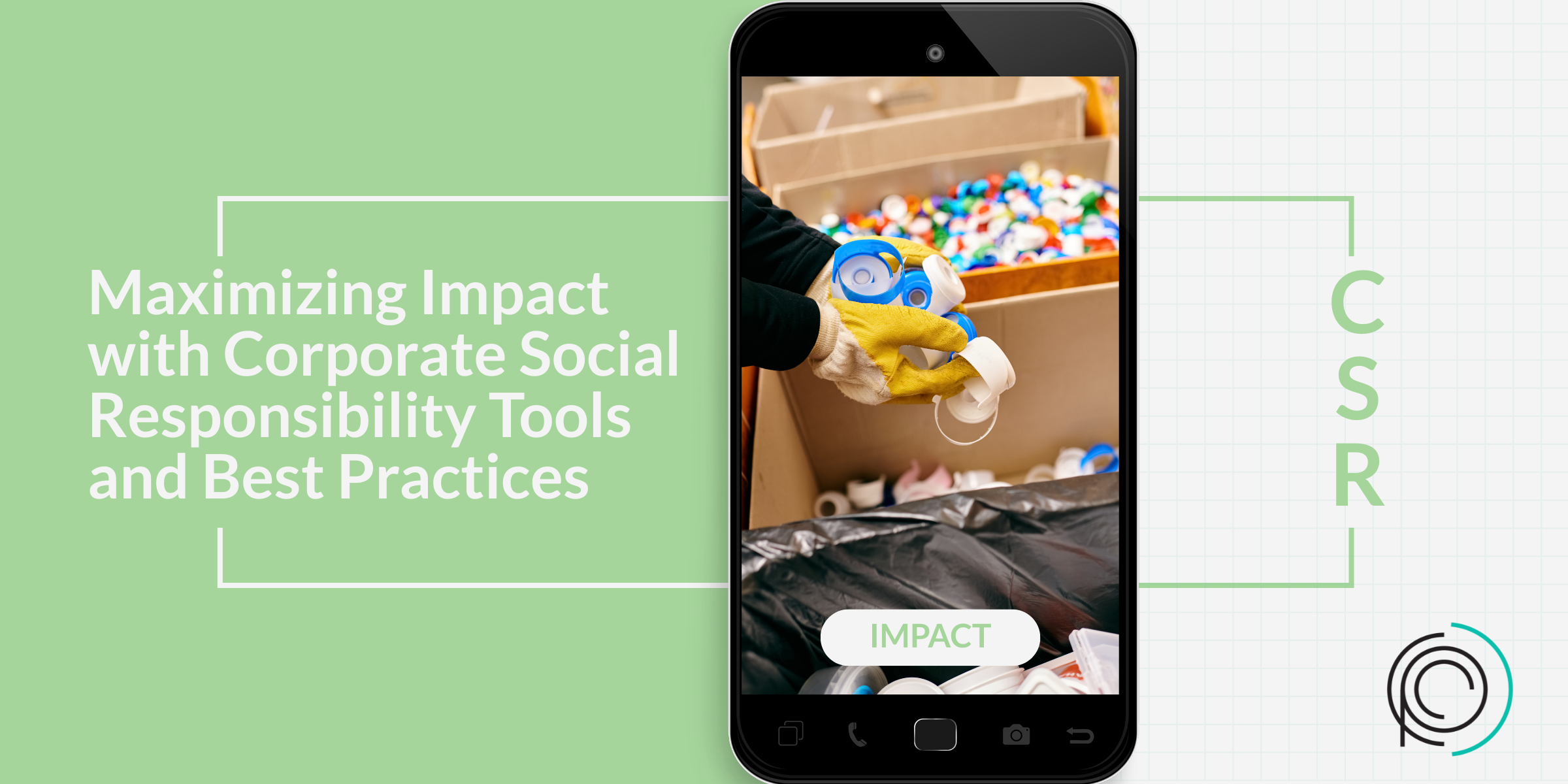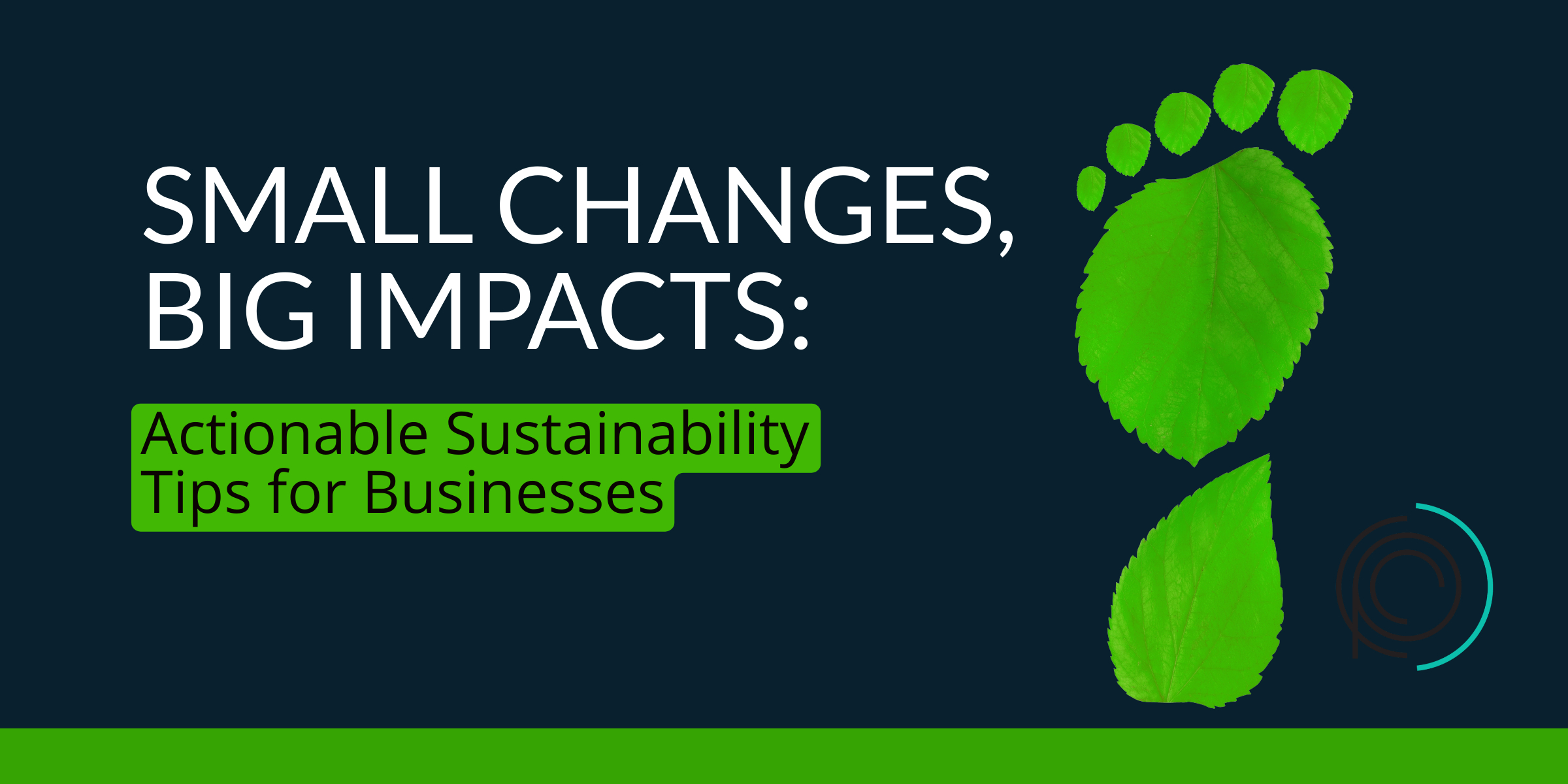For years, the phrase “happy employees are productive employees” has been treated as gospel in business circles. The logic seems sound: happier people, less stress, better work. But is the relationship between happiness and productivity truly that straightforward? Let’s dive into the research, the nuances, and actionable strategies for fostering a workplace where employees thrive—both emotionally and in their output.
The Evidence Behind Happiness and Productivity
Numerous studies suggest a positive link between employee happiness and productivity. A widely cited 2015 study by the University of Warwick found that happiness made people about 12% more productive. The researchers concluded that when employees are happy, they tend to have a higher level of energy and are more efficient, which can directly impact business outcomes. Similarly, Gallup’s State of the Global Workplace Report found that organizations with highly engaged employees have 21% higher profitability and 17% higher productivity compared to those with lower engagement.
Yet, the definition of “happiness” in these studies often encompasses more than just cheerfulness or job satisfaction. It includes feelings of purpose, connection, and the perception of being valued by one’s organization.
The Limits of Happiness Alone
While happiness is a critical component, it is not the sole driver of productivity. Here’s why:
- Purpose Over Perks: Happiness derived from surface-level perks like free snacks or office games may boost short-term morale, but it’s unlikely to sustain long-term productivity. In fact, 83% of employees in a study by Harvard Business Review reported that they are more motivated and engaged when their work aligns with their personal values and the organization’s mission. Employees need to feel that their work is meaningful and contributes to a larger purpose.
- Job Role Alignment: Employees may be happy because of a relaxed environment, but if they lack the skills, tools, or clarity to perform their roles effectively, productivity will still falter. According to a 2018 Gallup study, only 35% of employees strongly agree that they have the opportunity to do what they do best every day—this lack of role alignment significantly impacts both happiness and productivity.
- Burnout Risks: Sometimes, happy employees overcommit, putting themselves at risk of burnout. While they may maintain high productivity temporarily, their long-term well-being and output could suffer without proper balance. In fact, 60% of employees say they experience burnout at work, which leads to decreased productivity, increased turnover, and lower morale.
The Productivity Equation: Beyond Happiness
A productive employee is one who not only feels good but also has the right resources, environment, and leadership to channel that positivity into meaningful work. This means focusing on engagement rather than happiness alone.
Engagement refers to employees’ emotional commitment to their work and the organization. Unlike happiness, which can be fleeting, engagement drives sustained productivity. Factors influencing engagement include:
- Clear expectations and goals.
- Opportunities for professional growth.
- Recognition and feedback.
- A culture of trust and psychological safety.
Research from Gallup found that engaged employees are 17% more productive than their disengaged counterparts, and 28% less likely to quit. Engaged employees are not just happier—they are also more driven, loyal, and committed to organizational success.
Actionable Strategies for Leaders
To balance happiness and productivity, organizations need a multi-faceted approach:
- Invest in Well-Being Programs: Mental and physical health initiatives show employees that their well-being matters. This creates the foundation for both happiness and sustained performance. As per Harvard Business Review, Aetna, for example, found that its mindfulness program increased productivity by 62 minutes per employee per week, translating to millions in company-wide savings.
- Foster Purpose and Meaning: Employees who understand how their roles align with the company’s mission are more likely to feel engaged and productive. Deloitte’s 2021 Human Capital Trends report found that 73% of employees want to work for organizations that focus on purpose-driven goals, with employees in such organizations being 2.5 times more likely to be highly engaged.
- Empower Through Resources: Ensure employees have the tools, training, and support they need to excel. Frustration from lack of resources can quickly erode happiness. According to LinkedIn’s 2020 Workplace Learning Report, 94% of employees said that they would stay longer with an employer who invested in their learning and development.
- Cultivate Psychological Safety: A workplace where employees feel safe to voice concerns, make mistakes, and take risks encourages both happiness and innovation. A study by Google’s Project Aristotle found that psychological safety was the most important factor in creating high-performing teams, directly influencing productivity and employee satisfaction.
- Measure Engagement, Not Just Satisfaction: Use tools like employee engagement surveys to understand and address deeper drivers of productivity, rather than relying solely on measures of happiness. For example, organizations like Microsoft have integrated continuous feedback loops to monitor engagement, leading to more effective decision-making and improved business results.
Conclusion: It’s a Balance, Not a Binary
Happiness is an essential ingredient for a productive workforce, but it’s not a magic bullet. Leaders must focus on creating environments that foster both happiness and engagement, while also addressing the tools and structures employees need to succeed.
The real question isn’t just, “Are happy employees productive?” but rather, “Are employees empowered to convert their happiness into meaningful contributions to the organization?”
By answering this question, organizations can move beyond surface-level satisfaction to cultivate a workplace where employees and the business thrive together.







